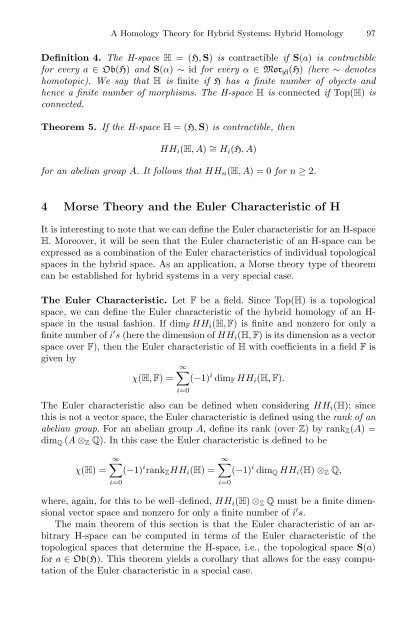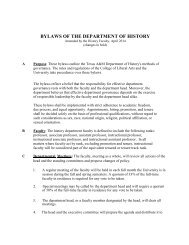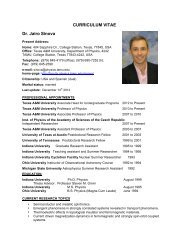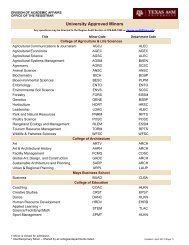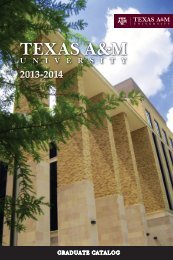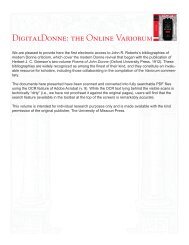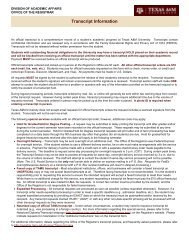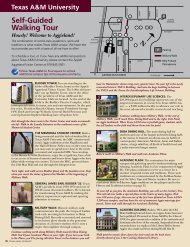A Homology Theory for Hybrid Systems: Hybrid Homology - CiteSeerX
A Homology Theory for Hybrid Systems: Hybrid Homology - CiteSeerX
A Homology Theory for Hybrid Systems: Hybrid Homology - CiteSeerX
You also want an ePaper? Increase the reach of your titles
YUMPU automatically turns print PDFs into web optimized ePapers that Google loves.
A <strong>Homology</strong> <strong>Theory</strong> <strong>for</strong> <strong>Hybrid</strong> <strong>Systems</strong>: <strong>Hybrid</strong> <strong>Homology</strong> 97Definition 4. The H-space H =(H, S) is contractible if S(a) is contractible<strong>for</strong> every a ∈ Ob(H) and S(α) ∼ id <strong>for</strong> every α ∈ Mor id/ (H) (here ∼ denoteshomotopic). We say that H is finite if H has a finite number of objects andhence a finite number of morphisms. The H-space H is connected if Top(H) isconnected.Theorem 5. If the H-space H =(H, S) is contractible, thenHH i (H,A) ∼ = H i (H,A)<strong>for</strong> an abelian group A. It follows that HH n (H,A)=0<strong>for</strong> n ≥ 2.4 Morse <strong>Theory</strong> and the Euler Characteristic of HIt is interesting to note that we can define the Euler characteristic <strong>for</strong> an H-spaceH. Moreover, it will be seen that the Euler characteristic of an H-space can beexpressed as a combination of the Euler characteristics of individual topologicalspaces in the hybrid space. As an application, a Morse theory type of theoremcan be established <strong>for</strong> hybrid systems in a very special case.The Euler Characteristic. Let F be a field. Since Top(H) is a topologicalspace, we can define the Euler characteristic of the hybrid homology of an H-space in the usual fashion. If dim F HH i (H, F) is finite and nonzero <strong>for</strong> only afinite number of i ′ s (here the dimension of HH i (H, F) is its dimension as a vectorspace over F), then the Euler characteristic of H with coefficients in a field F isgiven by∞∑χ(H, F) = (−1) i dim F HH i (H, F).i=0The Euler characteristic also can be defined when considering HH i (H); sincethis is not a vector space, the Euler characteristic is defined using the rank of anabelian group. For an abelian group A, define its rank (over Z) byrank Z (A) =dim Q (A ⊗ Z Q). In this case the Euler characteristic is defined to be∞∑∞∑χ(H) = (−1) i rank Z HH i (H) = (−1) i dim Q HH i (H) ⊗ Z Q,i=0where, again, <strong>for</strong> this to be well–defined, HH i (H) ⊗ Z Q must be a finite dimensionalvector space and nonzero <strong>for</strong> only a finite number of i ′ s.The main theorem of this section is that the Euler characteristic of an arbitraryH-space can be computed in terms of the Euler characteristic of thetopological spaces that determine the H-space, i.e., the topological space S(a)<strong>for</strong> a ∈ Ob(H). This theorem yields a corollary that allows <strong>for</strong> the easy computationof the Euler characteristic in a special case.i=0


